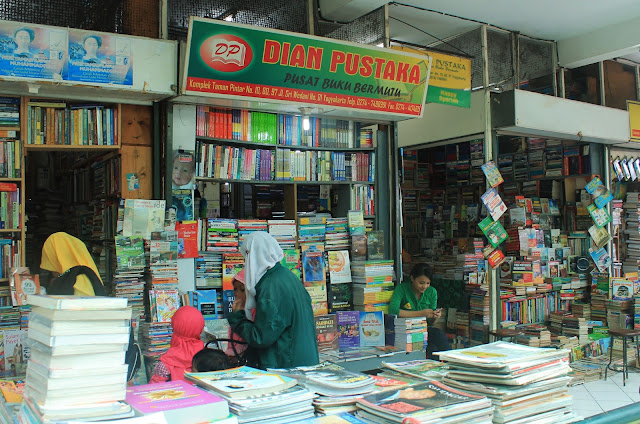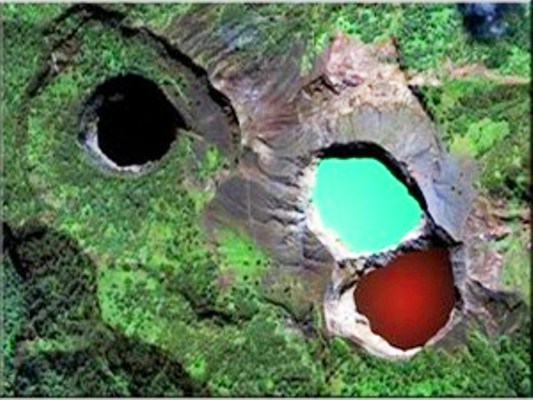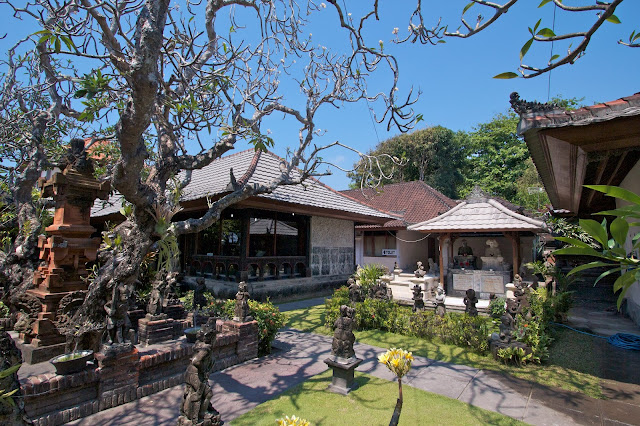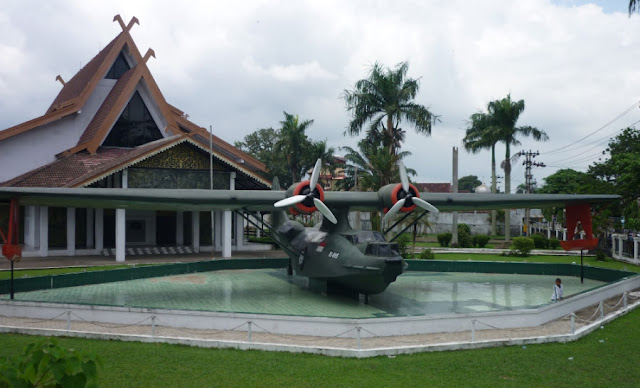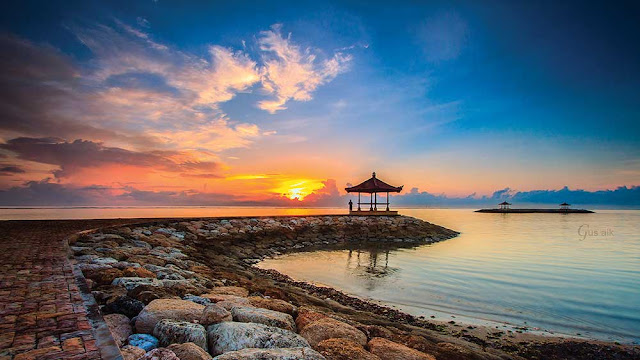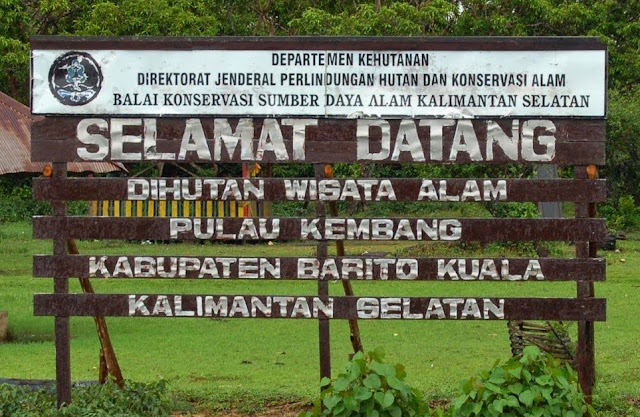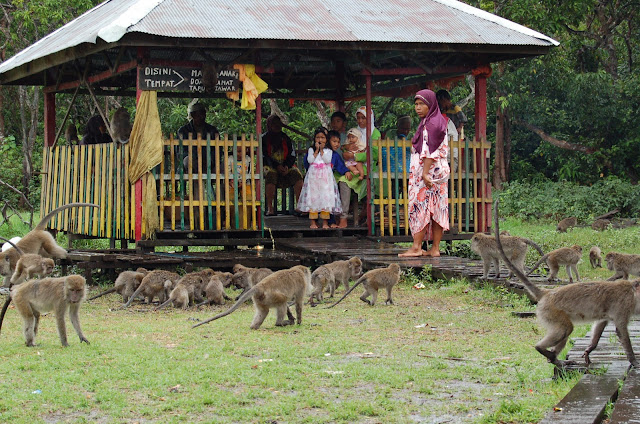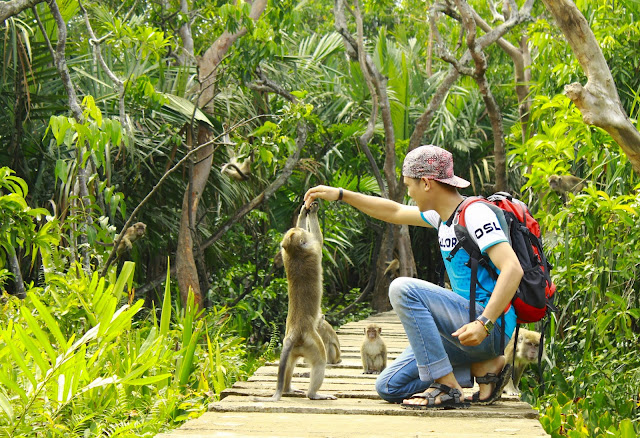Taking a tour to Yogyakarta is incomplete without visiting Malioboro. However, do not get satisfied yet. If you have more time, take a walk to the southward of Malioboro street, to the zero point. This spot at the Grand Post Office (Kantor Pos Besar) intersection is the heart of Yogyakarta. There are several historical buildings here. They play an important role in the long history of Yogyakarta, even Indonesia. One of these buildings is the
Vredeburg Fort.
Vredeburg Fort was once an unpretentious square fort built by Sri Sultan Hamengku Bowono I in 1760 upon the Colonial request, Nicolas Harting. This plain fort has 4 bastions, each corner is named Jayawisesa (northwest corner), Jayapurusa (northeast corner), Jayaprakosaning (southwest corner) dan Jayapranit (southeast corner).
When Nicolas was superseded by W.H Ossenberch in 1762, the Dutch persuaded the Sultan to construct the fort into permanent. The request was granted. The construction began in 1767 under the supervision of a Dutch constructor, Ir. Frans Haak. The construction finished in 1787. Then, it was named Rustenberg Fort, meaning “Fort for Resting”.
In 1867, Yogyakarta earthquake tore down Gedung Agung, Tugu Pal Putih (Yogya Monument) and Rustenberg Fort. As soon as the disaster over, Rustenberg was reconstructed and renamed Vredeburg Fort which means “Fort of Peace”. The name was chosen as a manifestation of the cease fire between Yogyakarta Sultanate and the Dutch. The name lasts hitherto.
Along with the political development in Indonesia, the ownership of Vredeburg Fort shifted many times. Initially, it belonged to the Sultanate in which the utilization was bequested to the VOC. VOC bankruptcy caused the fort governance to be taken over by Bataafsche Republic (the Dutch Government). When British ruled, the fort was under General Raffles governance, then it returned to the Dutch government before the Japanese arrival. After Indonesian independence, the fort automatically belonged to Indonesian government.
In August 9 1980, on Sri Sultan HB IX permission, Vredeburg Fort was made Center of Information and Development of Indonesian Culture. 12 years afterwards, in November 23, 1992, it officially became “Monumen Perjuangan Nasional” (National Struggle Monument) called “Vredeburg Fort Museum”. Nowadays, not only is it a museum, it is often used for art and cultural events.
If you picture Vredeburg Fort as a moldy and abandoned old building, you are mistaken. Vredeburg is clean and well taken care of. Although the inside has been renovated and adjusted to its new function as a museum, it still presents the sense of greatness of the past. The wide ditches which surround the fort make you take the linking bridge to enter the fort.
This square fort has control towers on each corner and entrenchment which was used by the Dutch army on their watch duty. On a clear dusk, you can see stunning view from above the fort. Thousands of swallows fly around the zero point, embellishing the twilight. In addition, the crisscrossing andong, becak, onthel; the flaring street and building lights around the point, give a profound impression on one of Jogja corners.
On the inside of the fort, there are thousands of dioramas portraying the Indonesian struggle before the independence until the New Order. There are also collections of historical objects, photographs and paintings about the national struggle to set, achieve, defend and fill Indonesian independence. The dioramas and collections of historical objects are equipped with information on the events which occurred at that time.
The rooms in the fort are often used for seminars, painting exhibitions and other cultural events. Annually, even, Vredeburg is appointed center of Yogyakarta Art Festival (FKY). Throughout a month Vredeburg will be live with various art performances. In addition to FKY, Festival Gamelan Gaul is also held annually here.
For you who love cycling, there is an onthel rent in the fort. You can cycle around only with Rp 5.000,-. If you carry a laptop with you, enjoy surfing the internet while sitting around the fine and shady fort yard. Vredeburg provides free Wi-Fi for visitors.
Vredeburg Fort Location
Vredeburg Fort is located across the President’s Residence, Gedung Agung, at 6 Ahmad Yani Street, Ngapusan Subdistrict, Gondomanan District, Special Region of Yogyakarta, Indonesia. Located at the heart of Yogyakarta, Vredeburg Fort is very accessible. Just walk southward of Tugu Train Station and Malioboro. But if you think it is too far, take a becak or andong.
If tourists depart from Adi Sucipto Airport, take Transjogja Route 1A and 3A, get off at Gedung Agung shelter. If depart from Jombor Bus Station tourists can take Transjogja Route 2A or the city bus lane 18 and 19. Or, from Giwangan Bus Station take Transjogja Route 3A or the city bus lane 4 and 10. Vredeburg complex has many facilities which are allowed for tourists or institutions and organizations to hold events. The facilities include the library, performance space, seminar hall, audio-visual and group study room, guest room, cooperative, prayer house and rest room. There is also free Wi-Fi. If tourists need a guide to get more information on the history of Vredeburg Fort, they can contact the management.
There also supporting facilities such hotels, restaurants, department stores, hospitals, internet centers, prayer houses and public transportations, approximately one kilometer outside the fort. If you have finished enjoying Vredeburg Fort, continue your trip to the historical buildings or tourist objects around the zero point. Some of them are Gedung Agung, the Grand Post Office, Bank of Indonesia Building, Taman Pintar, Taman Budaya Yogyakarta, Yogyakarta Palace and Kauman Great Mosque. They are located nearby and accessible on walk.






